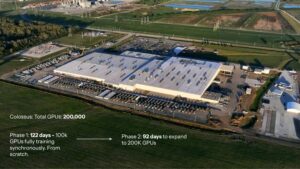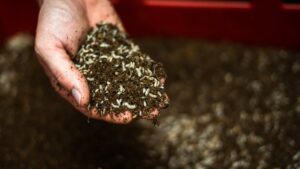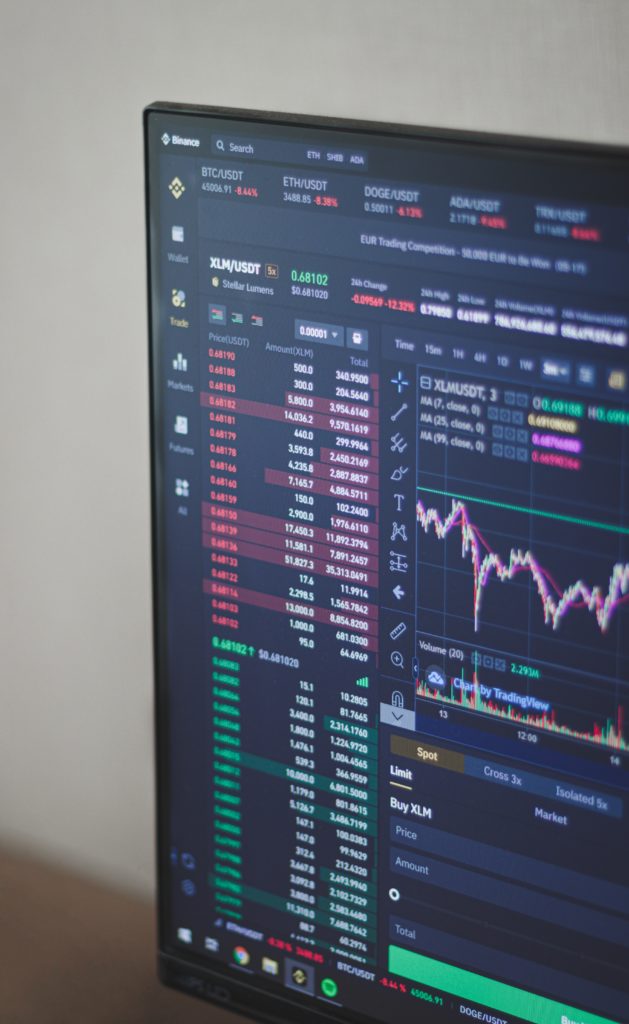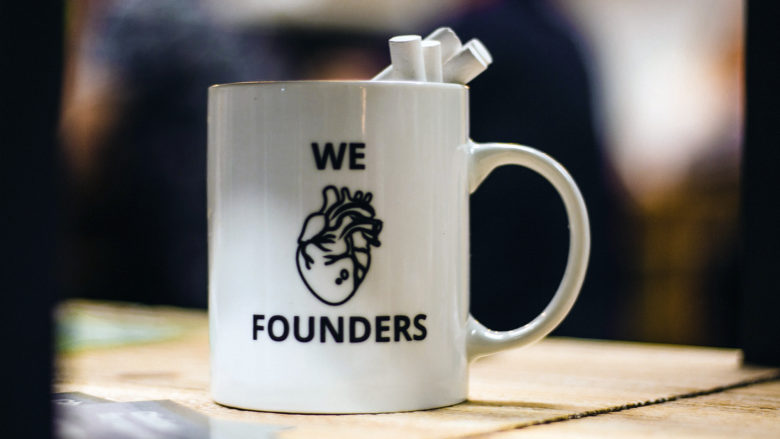In-vitro meat as a climate saver? 7 questions & answers about cultivated meat
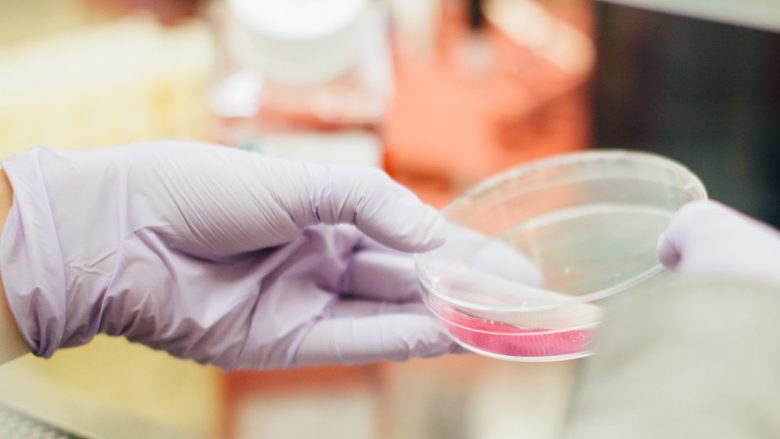
Now everyone is talking about it again, but only in a figurative sense: in-vitro meat, also known colloquially as laboratory meat. The reason: The actor Leonardo DiCaprio, known at least for many from the film “Titanic”, has invested in two so-called clean meat startups. As it became known earlier this week, the Dutch startup Mosa Meat and the Israeli startup Aleph Farms have DiCaprio among their key supporters. How much exactly did the American invest, remains a secret. DiCaprio himself has been an environmental activist for years.
“With their new ways of meat production, Mosa Meat and Aleph Farm are opening up innovative, sustainable ways to meet the consumer’s desire for meat. In this way, both solve one of the greatest current problems in the meat industry,” shares DiCaprio about the investment.
DiCaprio is far from the only one who sees potential in the meat grown in a laboratory. Microsoft founder Bill Gates and Virgin billionaire Richard Branson also invested $ 161 million in the Californian company Memphis Meats in early 2020. Even if the awareness of in-vitro meat is increasing, it has not yet made it onto the radar of the general public. Not in their stomachs either. Why this is so, how exactly a burger patty is made from stem cells, and what role in-vitro meat could play in the fight against the climate crisis is answered here:
1. What is In Vitro Meat?
In vitro meat is grown from stem cells from farm animals. These are taken as tissue samples from the respective animals by biopsy and later isolated in the laboratory. According to the company, the removal is painless for the animals and the removed stem cells can then be reused in large numbers.
For example, the startup Mosa Meat states that it can produce 80,000 minced beef patties from one stem cell. The stem cells are applied to a support structure and supplied with a nutrient medium in a bioreactor so that they multiply and then develop into muscle and fat cells in another bioreactor. For this, on the one hand, the right conditions must be created as in the animal’s body, for example, the same temperature. The nutrient medium must be enriched with everything what the cells need to grow and multiply, such as sugar and fats. Fetal calf serum has been used as a nutrient medium in some research so far. This is obtained from fetal blood. In the meantime, however, other alternatives are also being worked on, such as plant-based nutrient media. Some companies are already recommending the use of culture media that are free of any animal products.
2. Where can in-vitro meat already be distorted?
In December 2020, the laboratory-produced chicken nuggets of the American food manufacturer Eat Just in Singapore received sales permission. These were served to guests for the first time shortly before Christmas 2020 in the Private Member Club 1880 in Singapore. That was a worldwide first for in-vitro meat. The startup also cooperated with the food supplier Footpanda on Earth Day 2021 in Singapore in April. The Israeli startup Supermeat runs its own “test” restaurant called “The Chicken” in Ness Ziona, near Tel Aviv. There they serve their guests chicken burgers, consisting of chicken fillets cultivated in the laboratory.
3. Which products has it been worked on so far?
Currently, it has been worked on around 15 different types of meat worldwide – from laboratory chicken to beef, and pork. Many companies have focused on beef products. This decision is mostly justified by the extremely poor climate balance of the animals. The production of minced meat in the laboratory poses fewer challenges than that of a steak, for example, so-called structured meat. However, various companies also want to face the task. The Israeli startup Aleph Farm is striving to cultivate beef steaks and in 2021 already presented the first ribeye steak, which was produced on the basis of beef cells and 3D bioprinting technology. The company plans to enter the market in 2022. Mosa Meat, on the other hand, is working on ground beef for corresponding burgers.Mirai Foods is initially focusing on cultured ground beef. For this they were able to secure a total of 4.5 million US dollars in investments in 2021.
Other companies like Eat Just, Supermeat, and Upside Foods , formerly Memphis Meats, are initially focusing on chicken products. But not only meat can be produced using stem cell technology. The Berlin startup Bluu Bioscience , for example, is working on fish cultivated in the laboratory and recently secured an investment of seven million euros for it. The young startup is now planning to bring its first product prototype onto the market by the end of 2022. They initially prioritize salmon, trout and carp as fish species. As a target market, they are also initially looking at the Asian market. The Singapore startup TurtleTree , on the other hand, is working on wholesome milk from the bioreactor so that it can be used to produce baby food and cheese.
4. When can in-vitro meat be eaten in Europe?
That is still unclear. First of all, a product that is ready for the market is required, which then has to be tested accordingly and approved by the food authorities. In-Vitro-Products would then probably fall under the “Novel Foods” regulation of the EU. But the EU seems to be open to the meat from the laboratory. In autumn 2020, for the first time, it is funding a “Meat4All” research project on the subject with 1.9 million euros from the “Horizon 2020 ”fund . The aim of the project is to bring raw cultured meat to the market at a price of 6 euros per kilogram by 2023.
5. What is the greatest challenge?
So far mainly the price. Back in 2013, the Dutch startup Mosa Meat presented the world’s first cell-cultured hamburger. This is said to have cost around 250,000 euros to produce at the time. Of course, the costs have decreased over the past eight years. According to Eat Just in an announcement on the occasion of the sales permit in Singapore, the production costs for the chicken nuggets are around 50 dollars, or around 43 euros. The prices for in-vitro meat are not yet competitive. In a study published in March 2021On behalf of the non-profit organization The Good Food Institute, the authors estimate that 2030 will be the year in which a competitive price for cultured meat will be achieved. In doing so, however, they point out that the study does not yet include new technologies that could accelerate development accordingly. Basically, the prices for the sewing media and the growth factors have so far been enormous. However, these should be able to be reduced through correspondingly cheaper, more plant-based alternatives and upscaling.
6. Is laboratory meat really free from animal suffering?
The answer to this question depends on two components. On the one hand, there is the nutrient medium, which for an answer to yes must be free of fetal calf serum. On the other hand, on the keeping of the animals that are needed for stem cell extraction. This must be appropriate to the species and sustainable.
7. What role does it play in the fight against the climate crisis?
Industrial animal husbandry has a huge impact on the climate crisis and the loss of important ecosystems. It has been known for a long time. To what extent the carbon footprint of laboratory meat cultivation is better is difficult to quantify at the moment, as this is far from taking place on a scale that is even remotely comparable. Basically, however, it is known that the energy expenditure is very high when cultivating meat from the laboratory. The use of renewable energies therefore plays a major role in the corresponding balancing.
According to a study by the Universities of Oxford and Amsterdam, laboratory meat could use up to 99 percent less floor space and 82-96 percent less water compared to conventional animal husbandry. It should be possible to reduce the greenhouse gases emitted by 78 – 96 percent. But that depends on the type of energy used. Other studies, however, see significantly less potential in the laboratory meat for reducing greenhouse gases in the area. Ultimately, this will only become apparent in the future.













